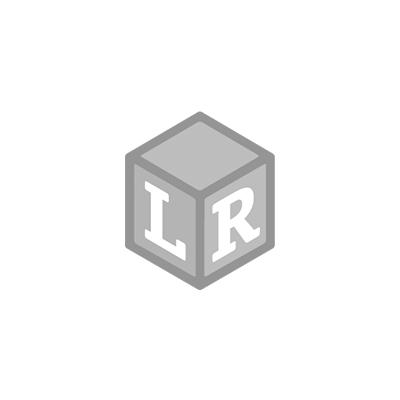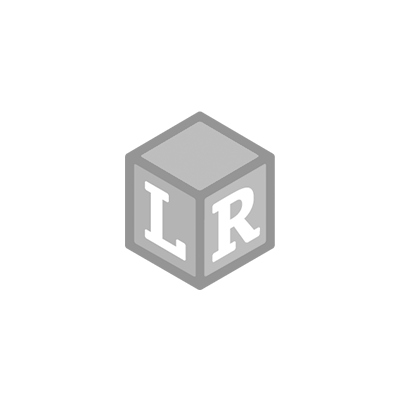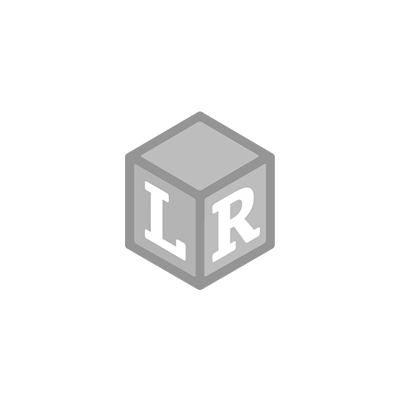
Half Term Science Activities with Science Sparks
- Science Sparks Posted On Feb 9, 2017 | Science
Looking for activity inspiration for the half term? We’re here to help!
We’ve teamed up with Emma Vanstone from popular Science blog, Science Sparks, to provide you with simple and fun experiments to try at home. All you will need is a few basic resources and ingredients found in your kitchen cupboard!Name: Emma Vanstone of Science SparksAge of children: 9, 8 and 5 years old

Emma is a busy mum to three even busier children. She is passionate about the importance of science education and making science fun for kids. You can find Emma’s science-based activities and investigations over on Science Sparks, a website bursting with creative and engaging ideas for children of all ages.
If you're feeling inspired, have a look at our science toys and resources designed to make science discoveries fun!
Experiment 1: Does it mix?
Equipment needed:• Colour Mixer• Water• Food colouring• Vegetable oil• Beaker or jar with a lid• Effervescent vitamin tablet or alka seltzer – optional
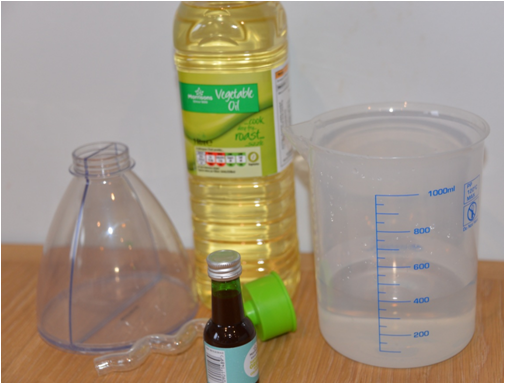
Pictured: LER 2769 Primary Science™ Colour Mixer and LER 0306 Graduated Beakers
Method:1) Add a few drops of food colouring to one side of the colour mixer and fill to half full with water.2) Pour vegetable oil into the other side of the colour mixer up to the same level.3) Attach the lid and pour into your beaker or jar. What happens?
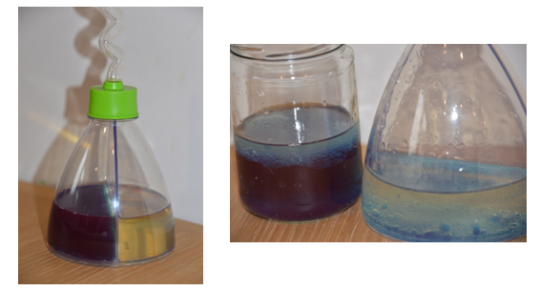
Extension task:Carefully drop an effervescent vitamin tablet or alka seltzer into your jar, you should find the water bubbles through the oil, like a lava lamp!

Results:You should find that the oil and water don’t mix together. Water and oil molecules are more attracted to themselves than each other, so even if you shake the container they will always separate again.You should also find that the oil always floats on top of the water, this because oil is less dense than water.Can you find an object that will float on top of the oil and one that will float on top of the water?
Experiment 2: Chromatography
Equipment Needed:• Filter papers• Twisty droppers• Washable felt tip pens• Water• Beaker

Pictured: LER 3963 Twisty Droppers™ and LER 0306 Graduated Beakers
Method:1) Draw different coloured dots on the filter paper.2) Carefully use a dropper to drop water onto each coloured dot.3) You should find the colours spread out through the filter paper.4) Leave the filter paper to dry.5) What can you make using your colourful filter paper?
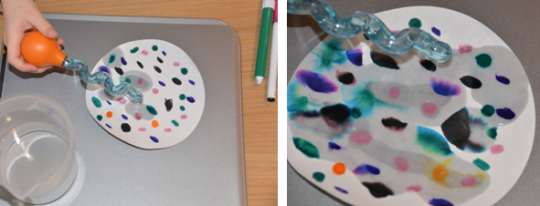
Results:Chromatography is a technique used to separate mixtures. Mixtures are passed through something (in this case filter paper) to separate them. The different colour ink particles travel at different speeds through the filter paper allowing us to see the constituent colours of the pen ink.
Experiment 3: Does it dissolve in water?
Equipment needed:• Test tubes• Water• Graduated beaker• Sand• Salt• Sugar• Pepper
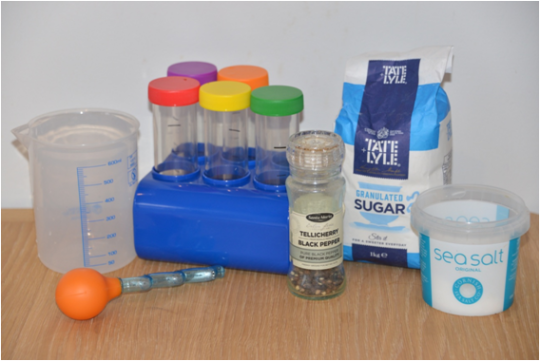
Pictured: LER 3963 Twisty Droppers™ and LER 0306 Graduated Beakers LER 2788 Jumbo Test Tubes
Method:1) Add a small amount of each test material to a separate test tube.2) Measure 100ml of water using a graduated beaker.3) Pour 100ml of water into each test tube and replace the lid.4) Shake each test tube and record whether your test substance dissolves or not.Extension task:Repeat the experiment with warm water. Do the soluble substances dissolve faster?
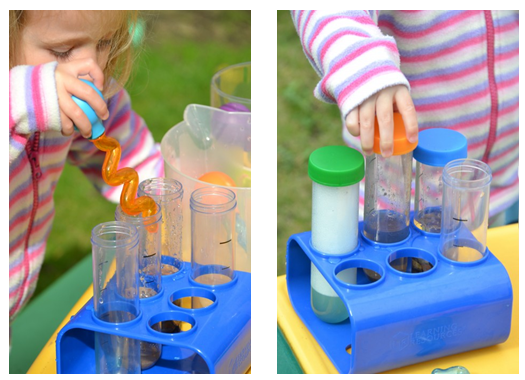
Results:Things like salt, sugar and coffee dissolve in water. They are soluble. They usually dissolve faster and better in warmer water. Pepper and sand are insoluble, they will not dissolve even in hot water.
Experiment 4: What weighs the same?
Equipment used:• Super bucket balance• Small objects to weigh• Graduated beaker• Twisty dropperMethod:1) Place several small objects into one side of the bucket balance.2) Your challenge is to work out how much water weighs the same as the objects in the balance.3) Use the twisty droppers to drop water into the empty side of the balance until it balances with the side with the objects in.4) Once balanced carefully pour the water into a graduated beaker and record how much water you used.
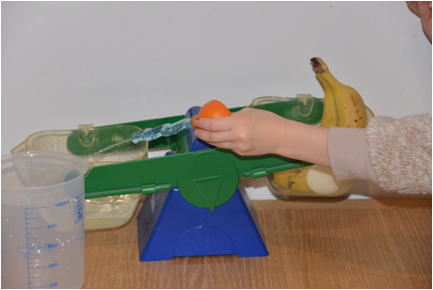
Results:The buckets of the balance are level when the both buckets weigh the same.

*For more fun follow Science Sparks on Facebook, Twitter and Instagram!


